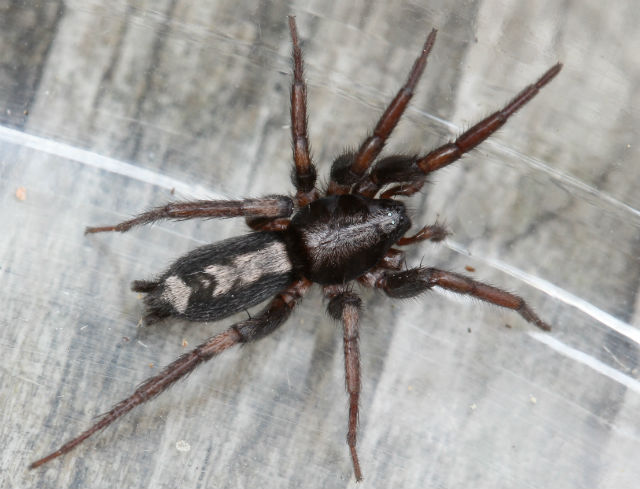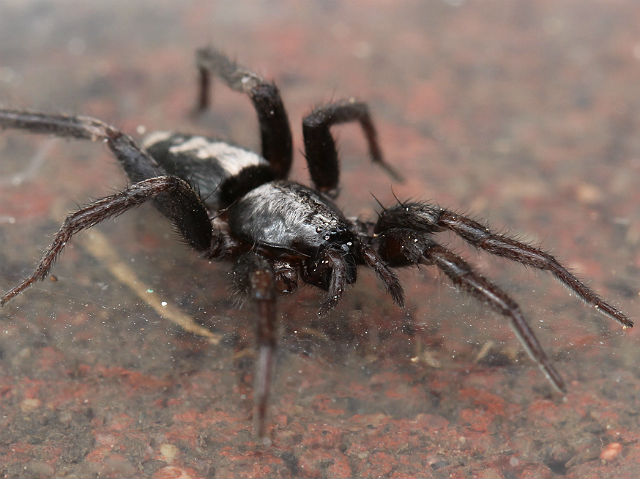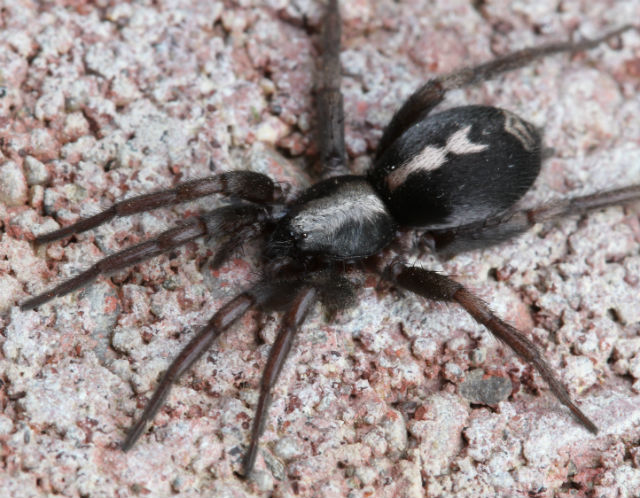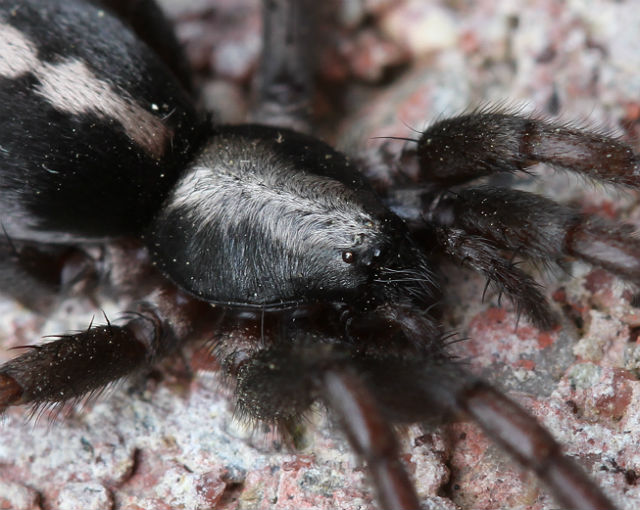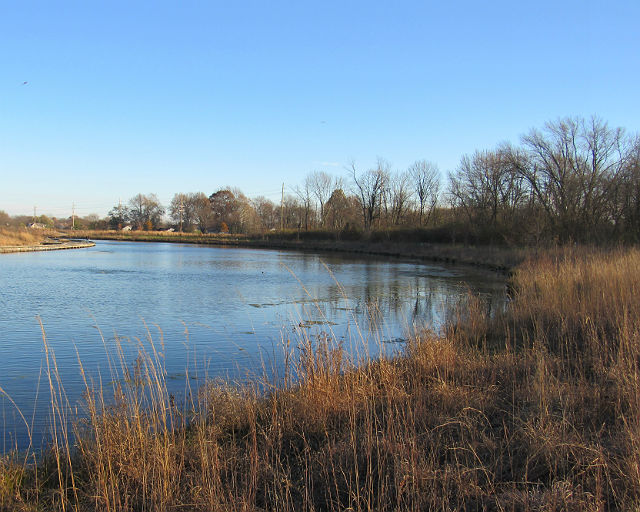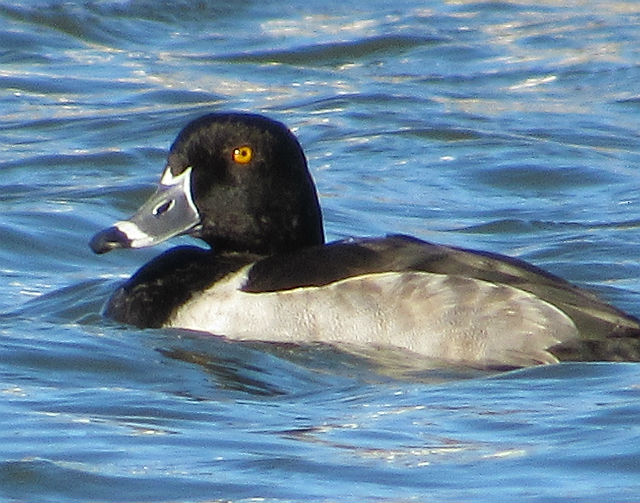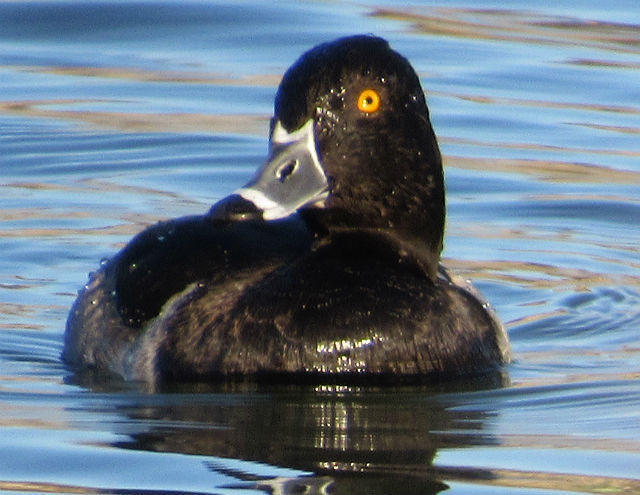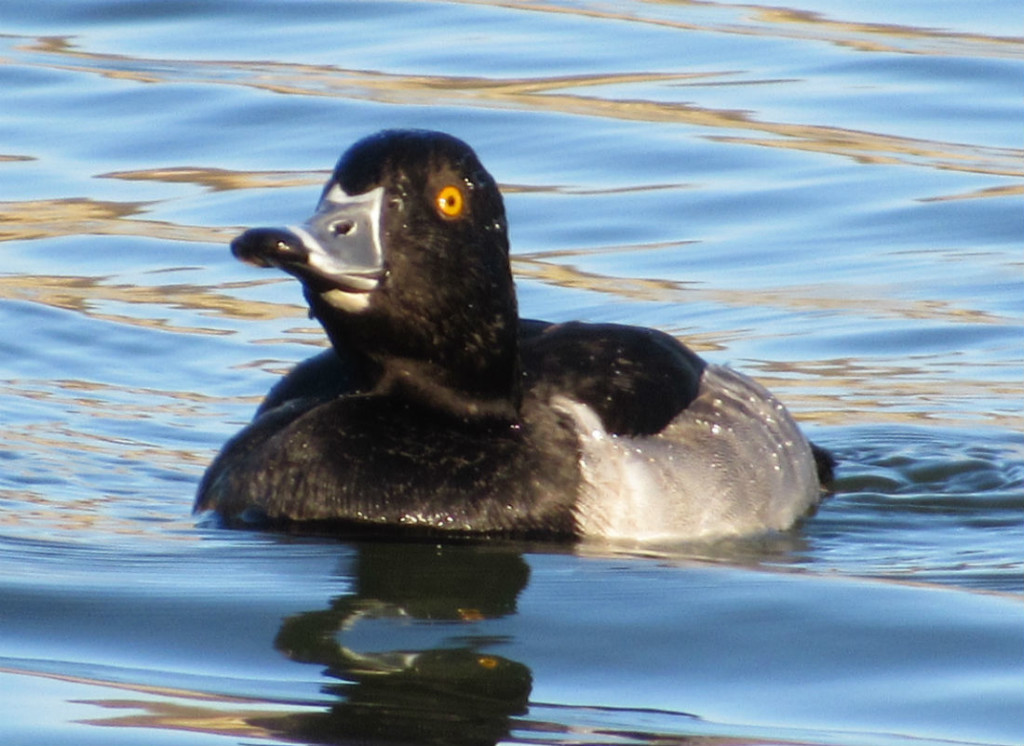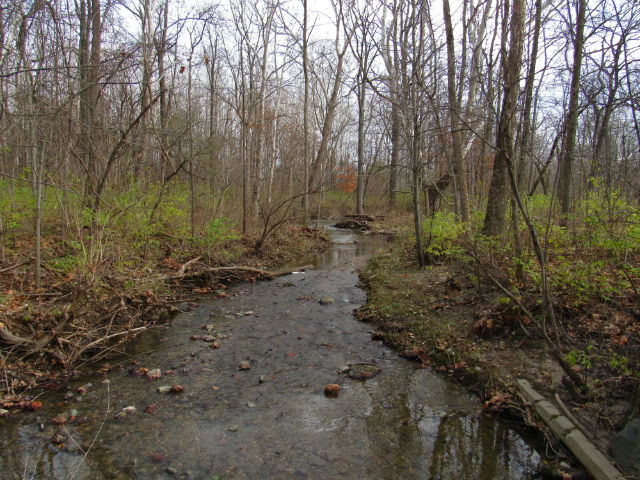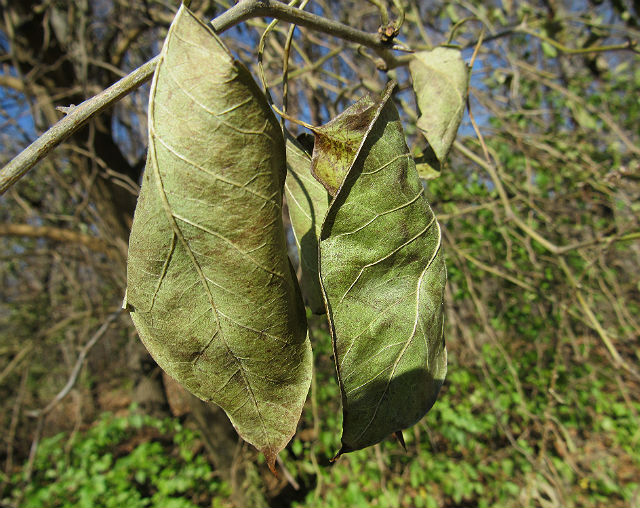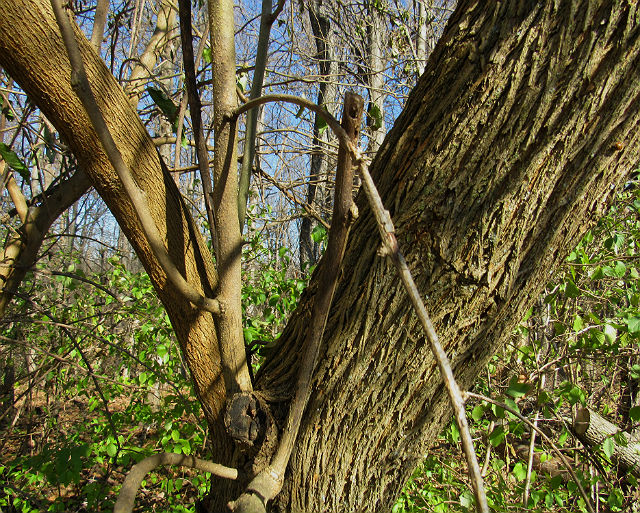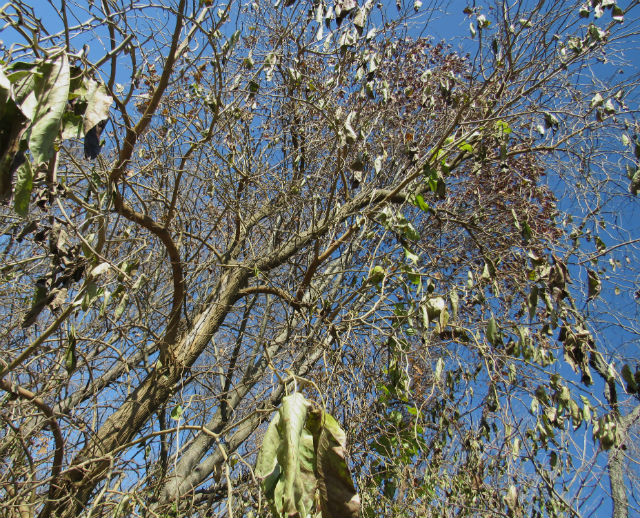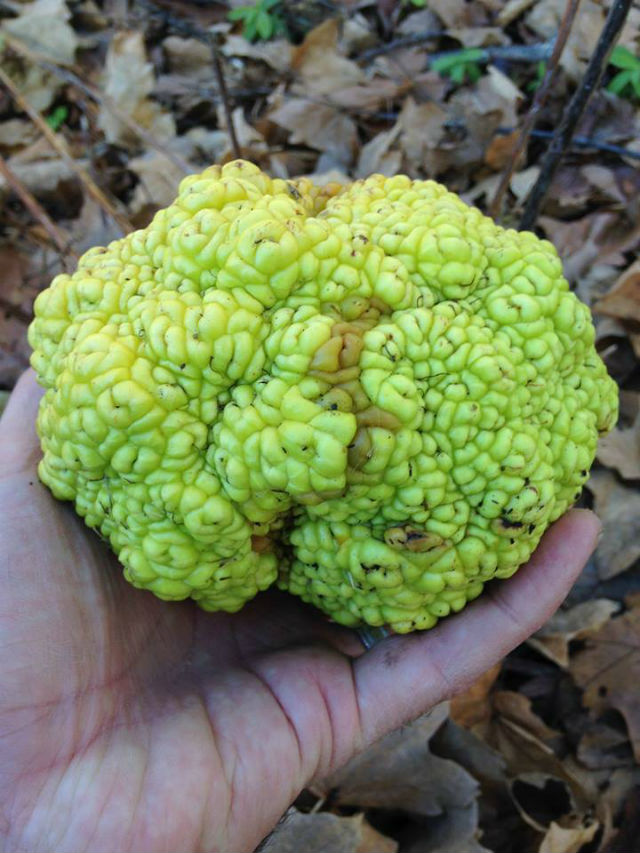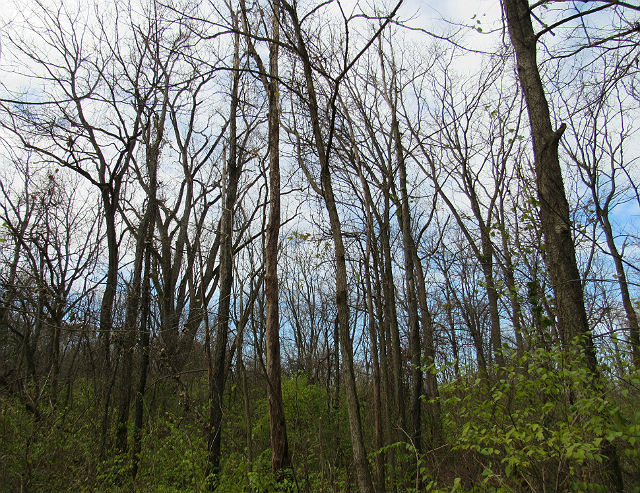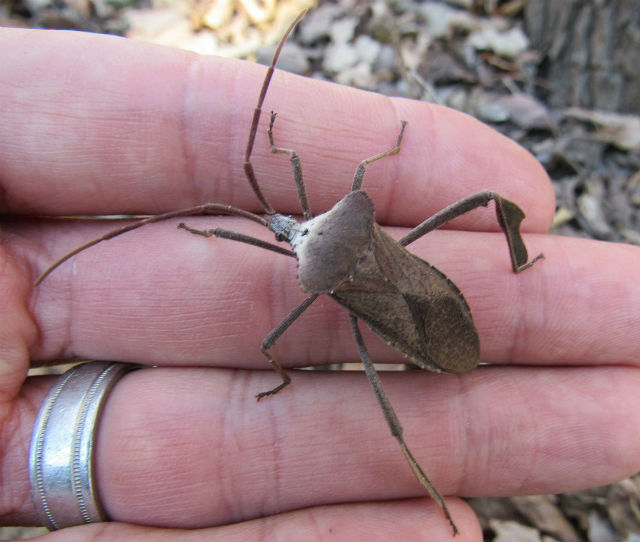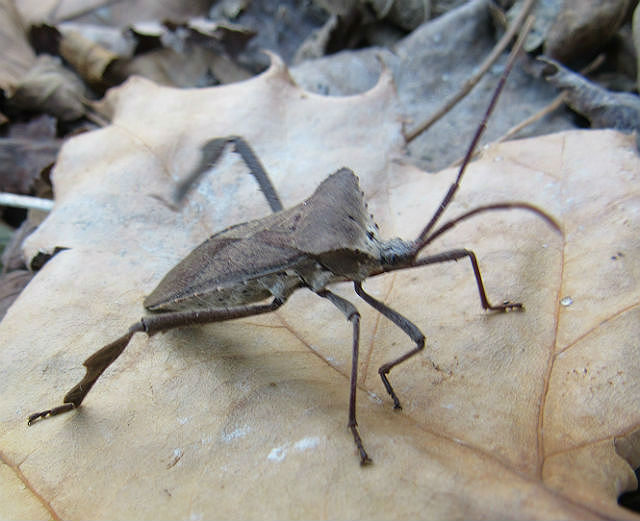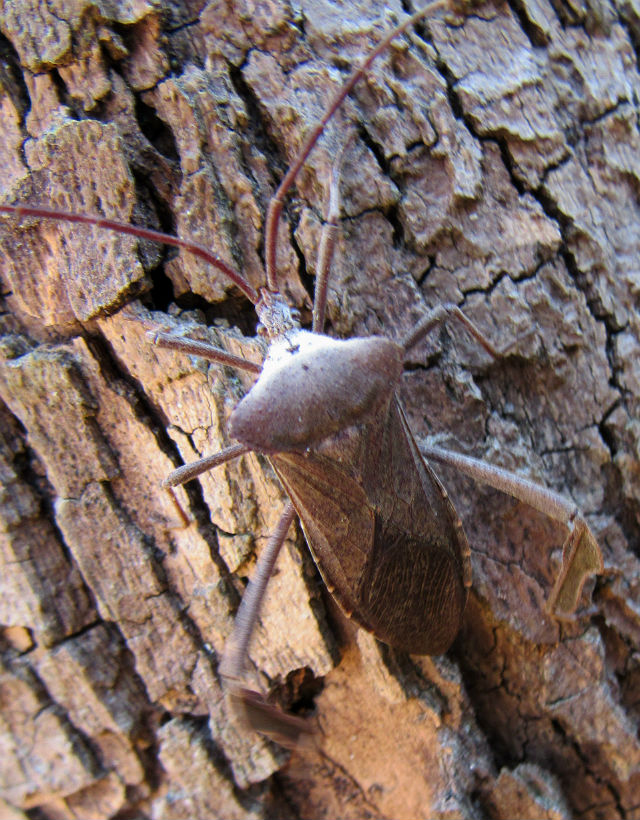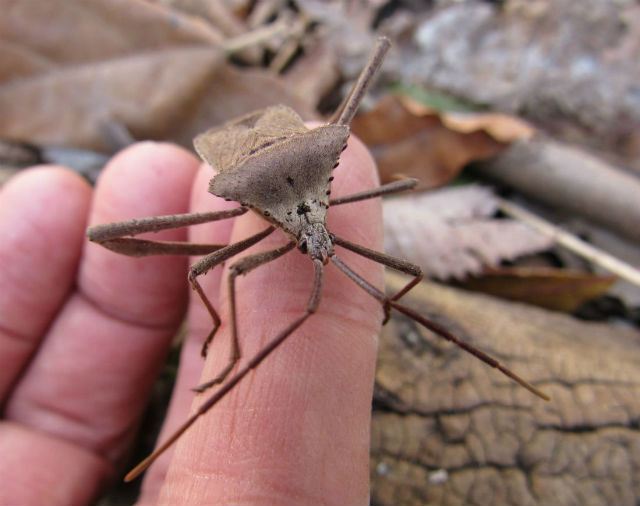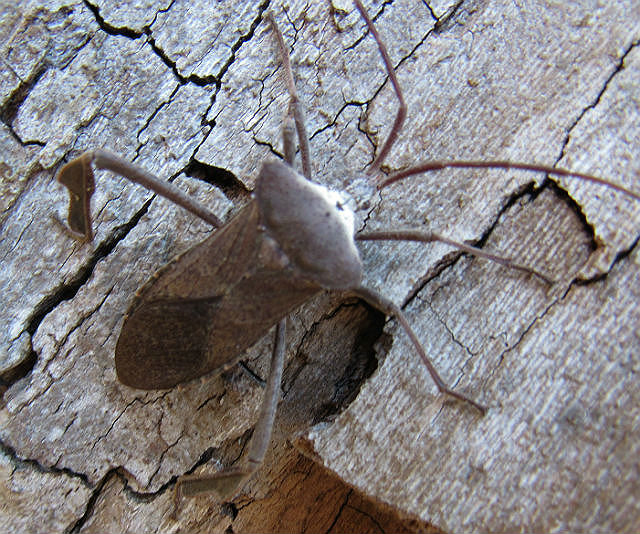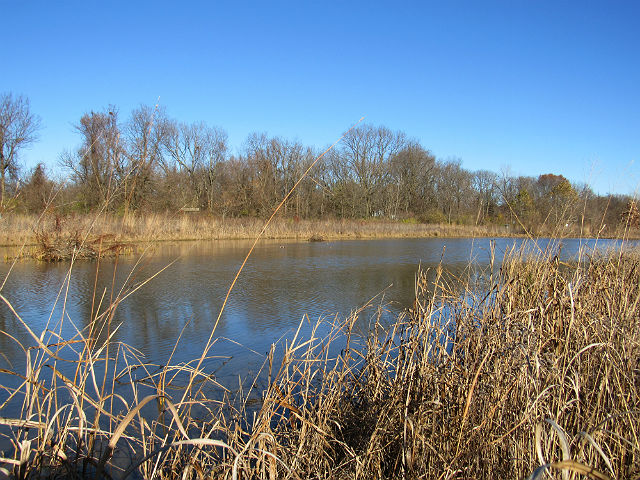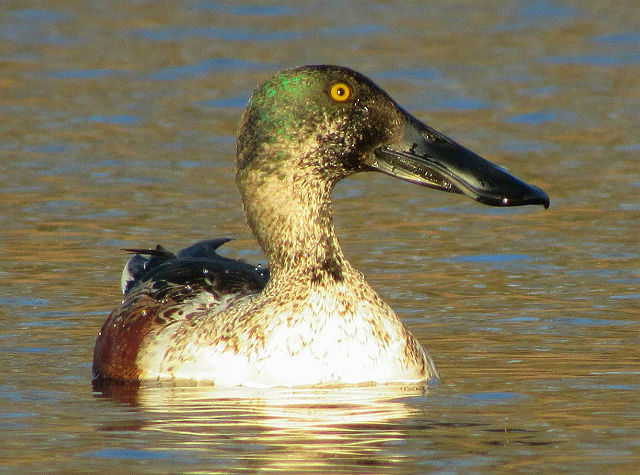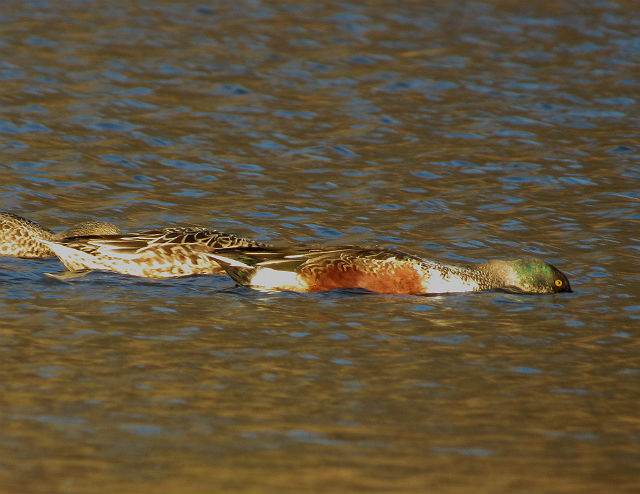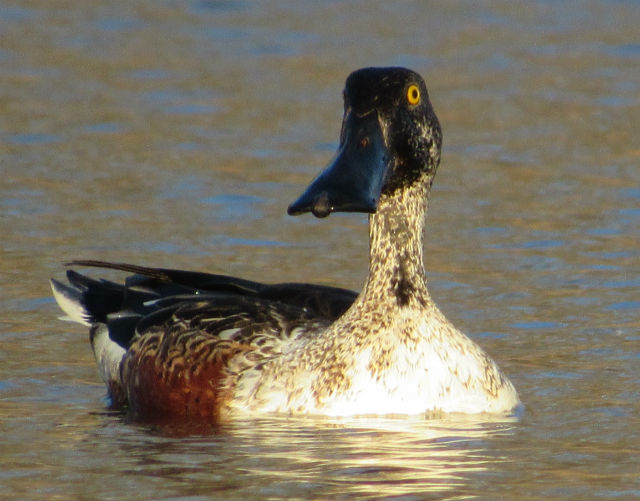It seems like the past few Winters I’ve found one of these in my house. This arachnid is named after the abdominal markings resembling an old-style cravat worn by clergy in the 18th century.
The Eastern Parson Spider is part of a stealthy group of ground spiders. This family of hunting spiders spins silken retreats in leaves and under boards and stones to hide in during the day; they hunt at night.
This spider is widespread everywhere east of the Rocky Mountains, from southern Alberta across to Nova Scotia and south to Texas and Florida. West of the Rockies it is replaced by the Western Parson Spider.
The Eastern Parson Spider is fairly commonly around buildings, often preying on small insects that are attracted to outdoor lights These creatures will run in a zigzag fashion to evade predators; for this reason, they are hard to capture when seen in homes.
It is furry, and about nickel sized. Although this spider presents a startling appearance, living indoors as it frequently does, it is not considered harmful.

